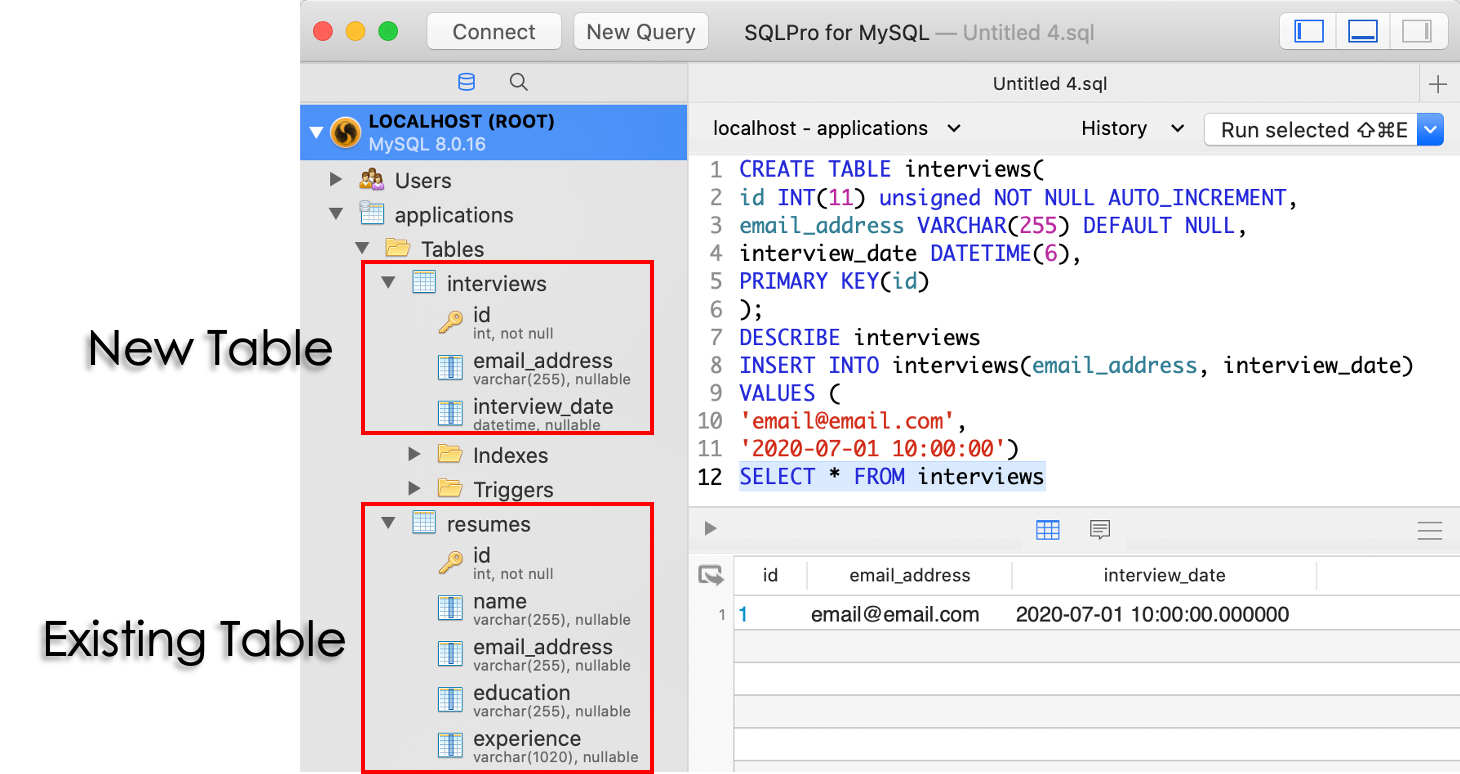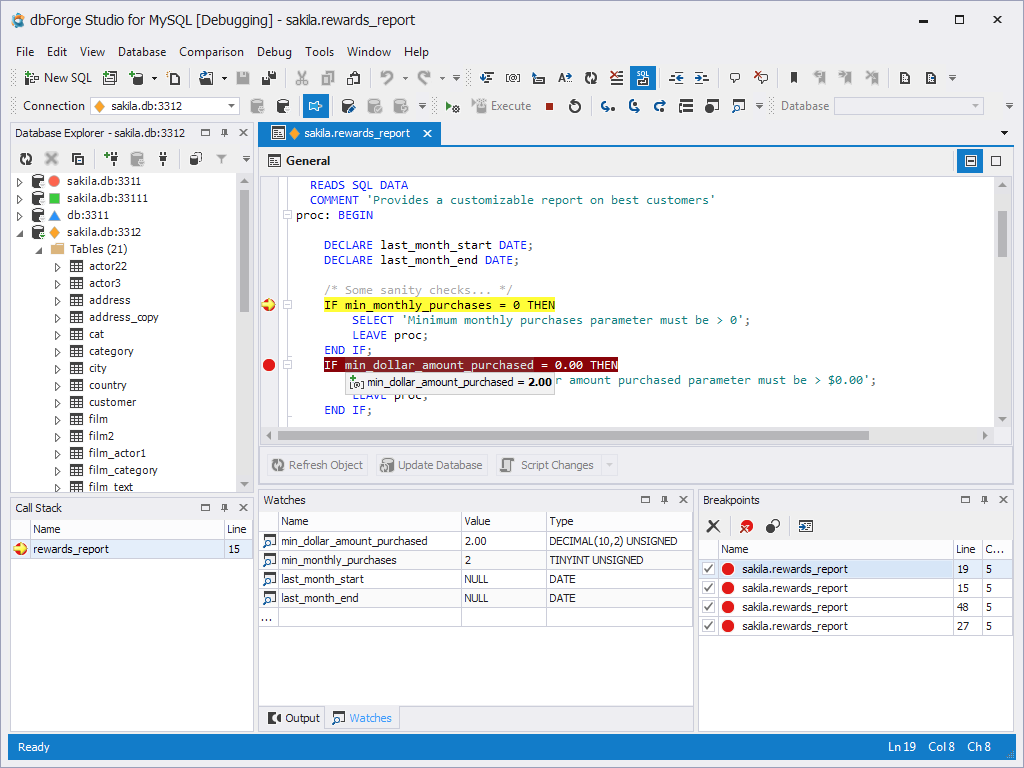
That means it’s a part of Linux, Apache, MySQL, and Perl/PHP/ Python stack. Today, MySQL is a pillar of LAMP application software. Originally an open-source solution, MySQL now is owned by Oracle Corporation. This is one of the most popular relational database systems. So, what are the most commonly used database systems in SQL and NoSQL? What are their main advantages and disadvantages, and how should businesses use them? Let’s take a deeper look.ĭatabase management systems in a nutshell MySQL

NoSQL requires no pre-deployment preparations, making quick, time-lag-free updates to the data structure easier. Also, building an MVP it’s a great option for startups with sprint-based Agile development. Since NoSQL databases allow for reserving various data types together and scaling it by growing around multiple servers, their never-decreasing popularity is understandable. Non-relational or NoSQL databases are usually horizontally scaled by adding servers. Data is simple to query but isn’t always classified into rows and columns as in a relational database. Non-structured data such as articles, photos, videos, and others are collected in a single document. This type of database management system is considered document-oriented. As these databases aren’t limited to a table structure, they are called NoSQL.

Here, we’ll discuss several SQL databases: by adding more computing power to a server. Instead, SQL databases are usually scaled vertically, i.e. Scaling an SQL database between multiple servers (horizontal scaling) takes additional engineering efforts. However, scalability can be a challenge with SQL databases. The ACID-compliance is a preferred option if you build, for instance, eCommerce or financial applications, where database integrity is critical.

One of the SQL fundamentals is ACID compliance (Atomicity, Consistency, Isolation, Durability).
Best database query tool mysql for mac software#
They are a good choice for building and supporting complex software solutions, where any interaction has a range of consequences. In relational DBMSs, the data appears as tables of rows and columns with a strict structure and clear dependencies.ĭue to the integrated structure and data storage system, SQL databases don’t require much engineering effort to make them well-protected. Since a Structured Query Language is the core of these systems, this type is also called SQL. They differ in terms of data retrieval, distribution, and processing. Relational vs Non-Relational: What’s the difference?īasically, there are two types of DBMSs: relational and non-relational, also referred to as SQL and NoSQL. You can learn about this comprehensive appraoch in our dedicated article. Concentrating on their business-related benefits and the challenges, we’ll also outline the best use cases for each.īy the way, databases are just a part of the whole data management strategy. The DBMS also contains the key instruments to govern the database.įor our comparison, we’ve picked 9 most commonly used database management systems: MySQL, MariaDB, Oracle, PostgreSQL, MSSQL, MongoDB, Redis, Cassandra, and Elasticsearch.

Which database will you choose?Ī Database Management System or DBMS is a software that communicates with the database itself, applications, and user interfaces to obtain data and parse it.
Best database query tool mysql for mac how to#
One of the first problems to be solved is how to store your data. So you are building a software application.


 0 kommentar(er)
0 kommentar(er)
